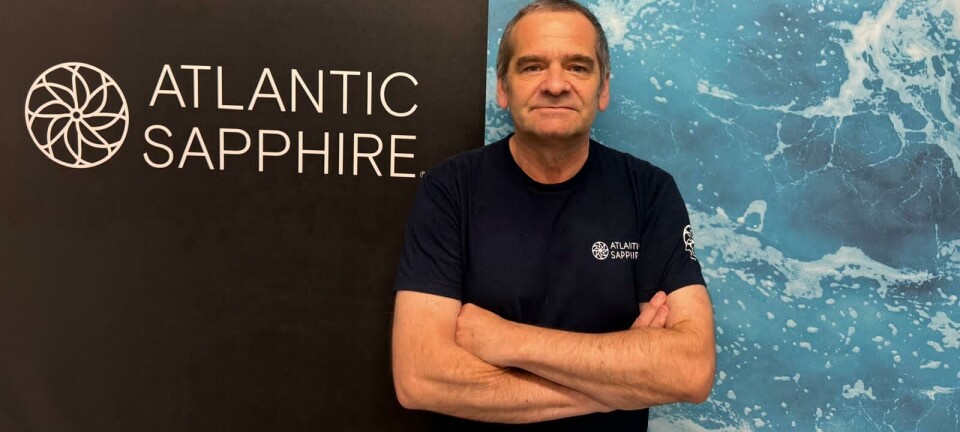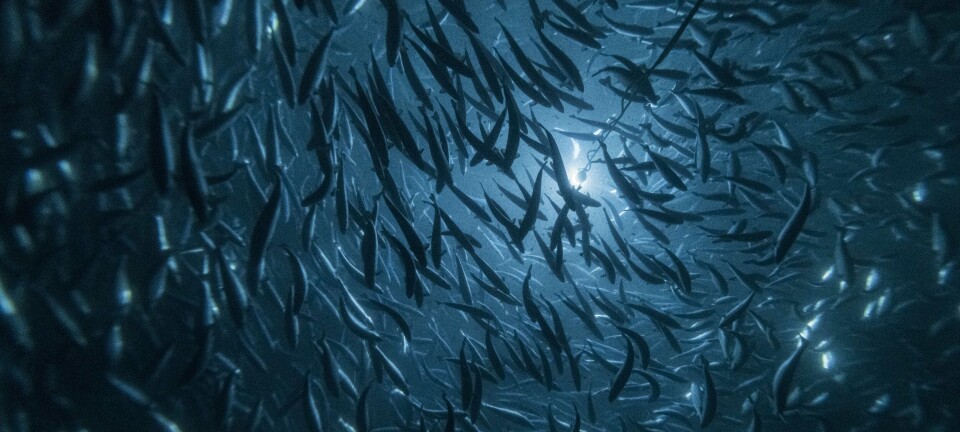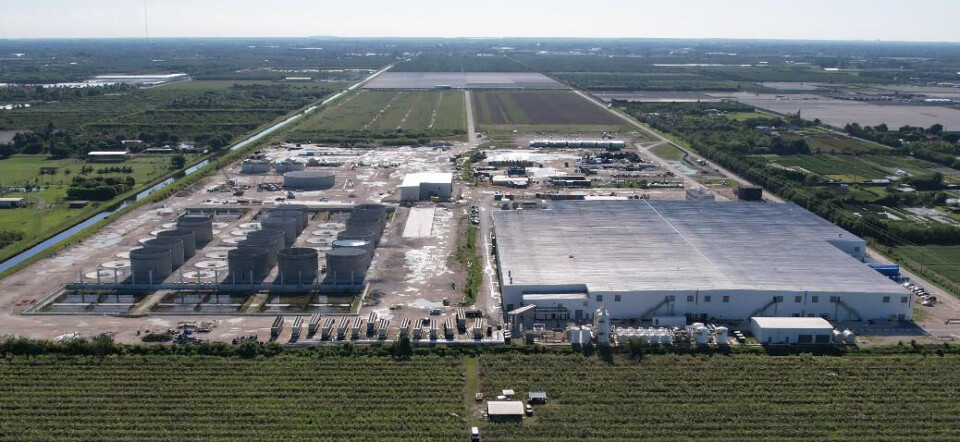
Nearly doubled prices and wants to borrow an extra $35 million
Florida land-based salmon farmer Atlantic Sapphire achieved better prices for its fish in the first half of the year. The company will take out a new loan to reach profitability in Phase 1, while the development of Phase 2 is currently on hold.
In its H1 2025 report published yesterday, the company states:
- Revenue in H1 almost doubled to US $21.5 million compared to H1 2024, driven by a near doubling in both average prices and harvest weights
- Record high biological performance with 97% superior share, low mortality, better feed intake and stable biomass growth
- EBITDA loss reduced to -$30.7 million from -$46.6m in H1 2024
- Revised business plan with better capital utilisation, lower risk and faster path to breakeven, with first positive EBITDA expected towards the end of 2026
- Harvest volume for 2025 is expected to be around 5,400 tonnes (head on gutted), up approximately 25% from 2024
- Volume in 2026 is expected to be around 7,000 tonnes, with further optimisation of phase 1 to 7,500–8,500 tonnes and an EBITDA level of $3–5/kg
- Validation of Phase 1 opens up for high-margin, value-added Phase 2 expansion, targeting EBITDA of $4–6/kg on approximately 25,000 tonnes
New loan
Atlantic Sapphire writes that it plans to raise a new convertible loan of $31-35m (£23-26m / NOK 310-350m). Together with adjustments in bank financing from DNB Bank ASA, this is estimated to finance the group to breakeven for phase 1 of the Bluehouse facility in Homestead, Miami-Dade County, Florida.
The companysays several large existing shareholders on the board have signalled strong support to underwrite $25m. Other investors have pledged an additional approximately $7m, bringing indicative support and pre-commitments to a total of approximately $32m.
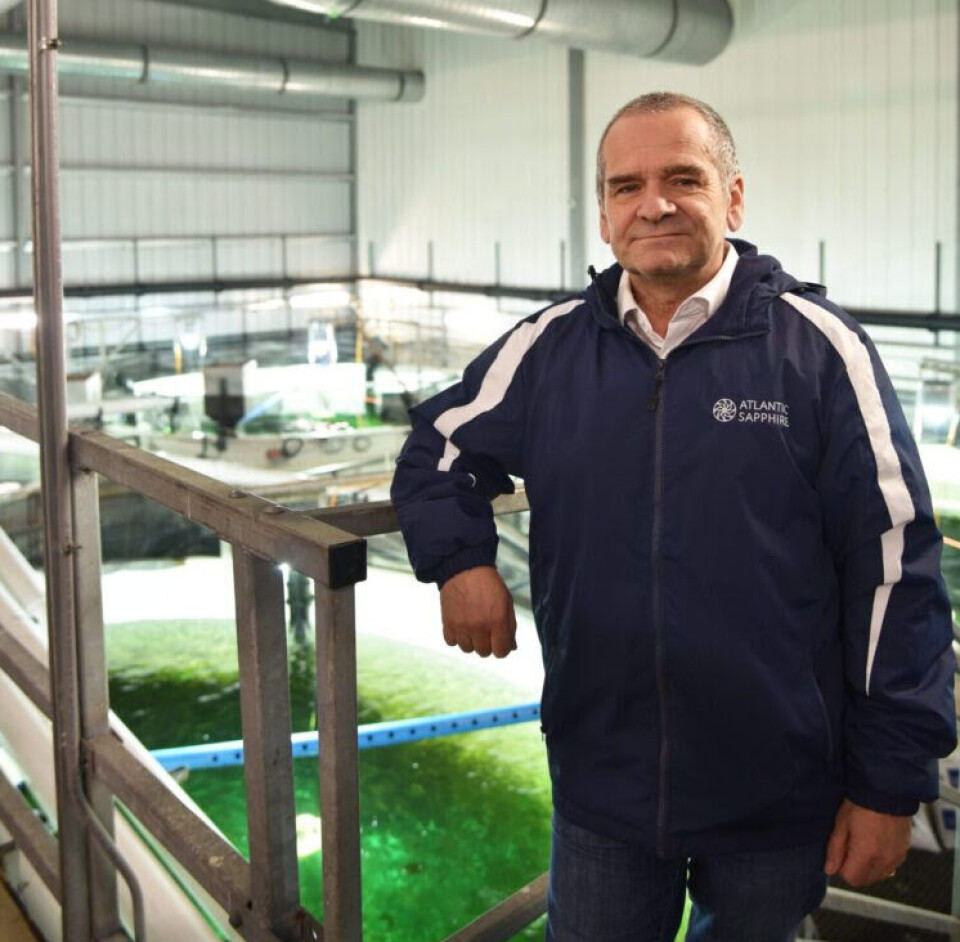
The company's chief executive, Pedro Courard, believes the first half of 2025 marked a decisive shift for Atlantic Sapphire.
"Operations are now stable, biological performance is at record levels, and financial results are improving. With harvest weights almost doubling, consistently high superior percentage and prices of $12/kg for our premium Bluehouse product, the platform is now showing its full potential," he says in the half-year report.
He says that the company has completed a revised business plan that only requires $3m in additional capital expenditure, with significantly lower operating costs.
"Positive EBITDA is expected towards the end of 2026 and will continue to improve thereafter. To support this final phase of the optimisation of Phase 1, we are preparing a flexible financing solution that will ensure full financing until breakeven, with solid support from our main shareholders."
Operational and financial review
The harvest volume in the first half of 2025 was 2,486 tonnes HOG, an increase of 4% from the same period last year.
Average harvest weight in H1 2025 increased to 2.86 kg, with an average of 3.1 kg in Q2.
The average selling price increased to $8.67/kg, up 88% and 86% respectively from H1/Q2 2024.
"Biological indicators – including superior proportion, mortality, feed conversion and biomass growth – strengthened further, driven by strict focus on procedures and systematic removal of bottlenecks."
Revenue nearly doubled year-over-year to $21.5m, driven by higher achieved prices and volume.
"Operating expenses fell despite limitations in legacy systems, and the operating deficit was reduced by $13.9m from H1 2024. Net cash flow from operations and investments was significantly lower than last year, supported by improved operations and reduced usage in Phase 2."
The company writes that the equity ratio was 66.7% at the end of the period, with all covenants under the loan agreement fulfilled.
Phase 2 construction is still on hold, with only design, engineering and optimisation activities under way.
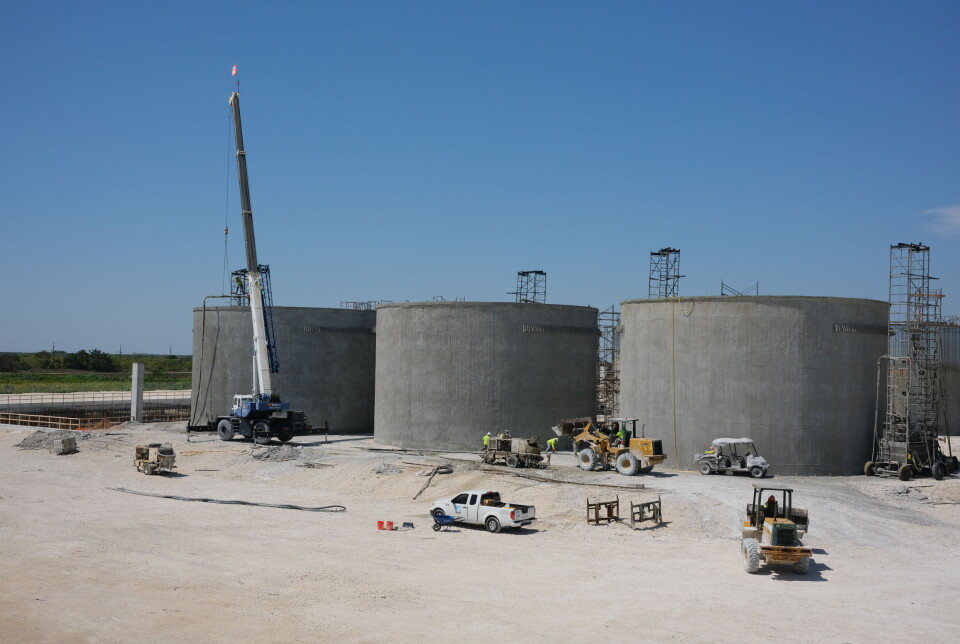
Revised business plan
The updated plan targets a harvest volume of approximately 7,000 tonnes in 2026, which will then increase to 7,500–8,500 tonnes.
Compared to previous plans, capex has been reduced to $3m, with a focus on high-impact measures in CO2 removal, water treatment and energy efficiency.
"Significantly lower operating costs resulting from better staffing, higher energy efficiency, increased volume and strict operational discipline are expected to reduce EBITDA cost to $10/kg in the short term," the company reports.
EBITDA breakeven is expected towards the end of 2026, with $1–2/kg in Phase 1 in the short term and $3–5/kg in an optimised Phase 1.
Planned financing round
In a stock exchange announcement in February, the prioritisation of higher harvest weights delayed the timing of the EBITDA breakeven point.
"While the results of these adjustments are now apparent, the company recognises the need for more capital to realise the profitability potential in Phase 1."
Therefore, the company is considering issuing a new convertible loan of $31–35m.
"Together with adjustments to the loan agreement with DNB Bank ASA, this will finance operations and capex until Phase 1 reaches EBITDA breakeven, including a buffer."
Outlook
"Atlantic Sapphire enters the second half of 2025 with a clear plan to reach breakeven and self-financed operations," the company's executives write.
"The biology has been validated, operations are stable, and funding is on its way.
"With Phase 1 now delivering increasingly improved operational and financial results, Atlantic Sapphire is positioned to complete the turnaround and open the next phase of value-added growth, with Phase 2 targeting a harvest volume of 25,000 tonnes and annual EBITDA of $100-150m."
